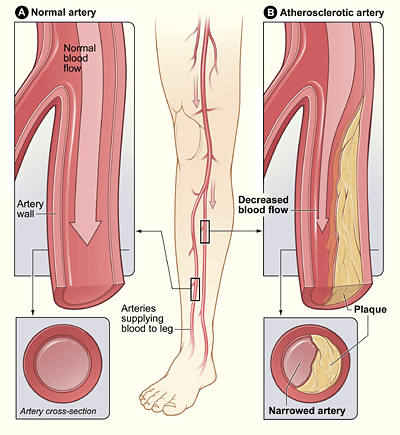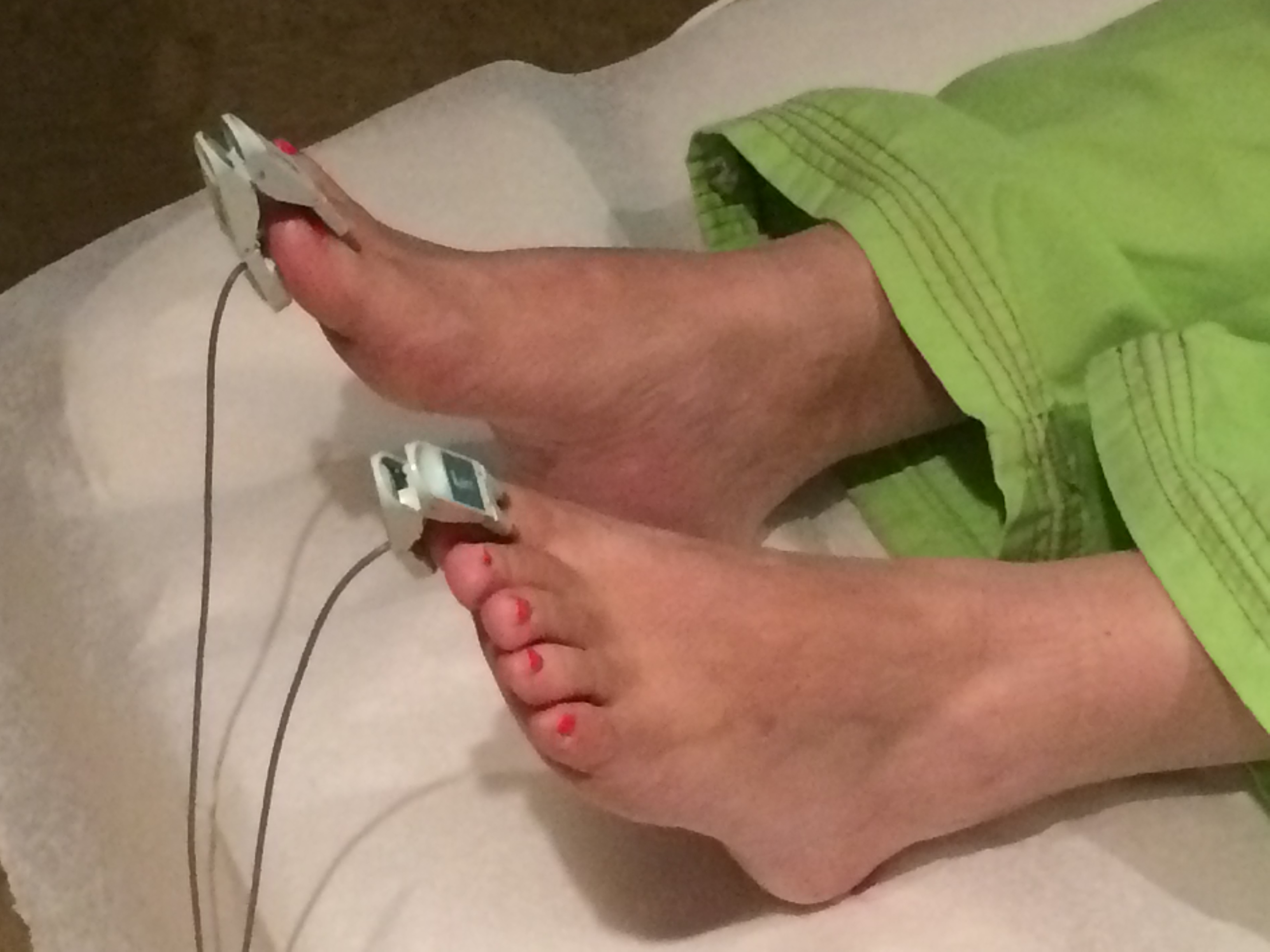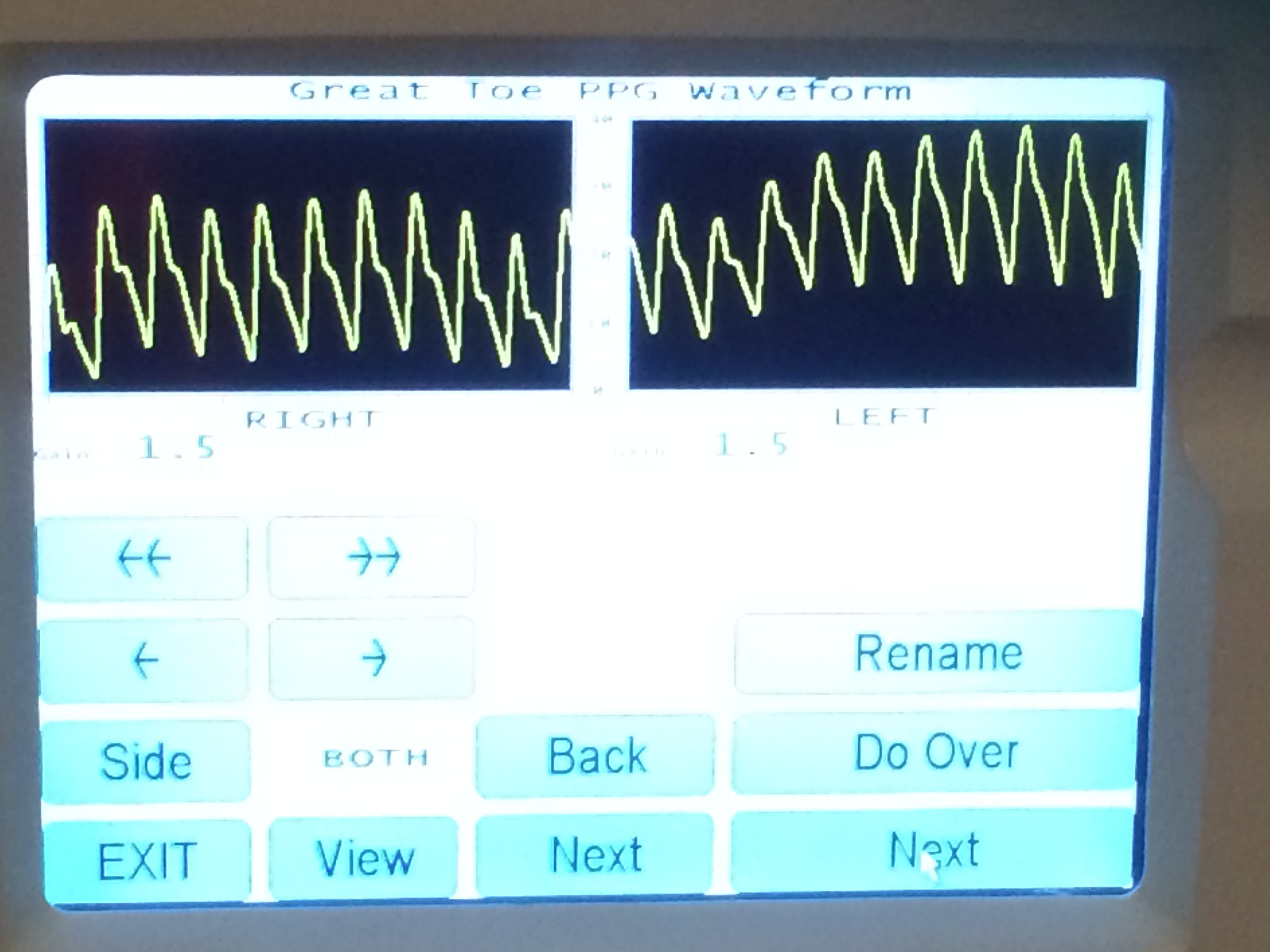 Here is information about PAD and Fatty Streaks from Dr. Karamanoukian's book - 'Doctor, How Do I Live the Heart Healthy Way?
Here is information about PAD and Fatty Streaks from Dr. Karamanoukian's book - 'Doctor, How Do I Live the Heart Healthy Way?
The Bogalusa Heart Study investigated blood cholesterol levels in a population of children in Bogalusa, Washington Parish, Louisiana over a 15 year period. Autopsy studies of children who died accidentally during this study period looked to determine whether there was a relationship between blood cholesterol levels and tissue cholesterol deposits in coronary arteries, peripheral arteries anda aortas. These depositis are called fatty streaks, which are precursors of arterial plaque disease, also known as atherosclerotic plaque disease or PAD.
The message here is that fatty streaks are present in the young. Lowering cholesterol intake and maintaining choesterol levels may prevent the deposition of cholesterol in coronary arteries, peripheral arteries, carotid arteries and great arteries of the heart/aorta. This will likely prevent untoward sequelae of atherosclerosis, namely heart attacks (MI), mini strokes (TIA), strokes (CVA), aneurysms of the abdominal aorta (AAA) and peripheral artery disease (PAD).
The incidence of peripheral artery disease is equal in men and women according to research data published by the CDC (CDC.gov). However, being African American, Hispanic and American Indian is associated with an increased risk of PAD. Of note, approximately 8 million people in the United States have PAD, including 12-20% of individuals older than age 60.
What are the symptoms and signs that suggest the presence of peripheral artery disease ?
- Leg pain that does not go away when you stop exercising
- Foot or toe wounds that won't heal or heal very slowly
- Gangrene
- A marked decrease in the temperature of your lower leg or foot particularly compared to the other leg or to the rest of your body
At the Vein Treatment Center, we may recommend an arterial scan of the lower extremities if you have symptoms that suggest coexistence of peripheral artery disease. This test takes less than 30 minutes and is non-invasive. Our devices just don't measure ankle brachial indices (ABI), but rather toe brachial indices (TBI) that are more sensitive. As well, we get ultrasound images of the arterial tree of the lower extremities.


You can also get a referral from your doctor if you wish to schedule an 'arterial doppler study' - it is covered by most medical insurance including Medicare.